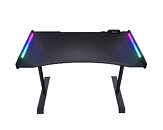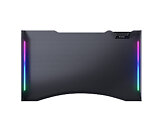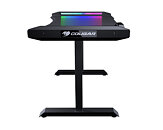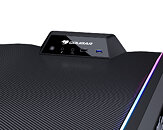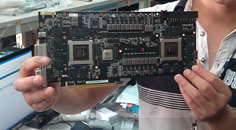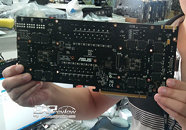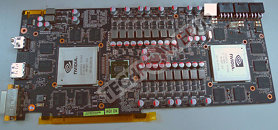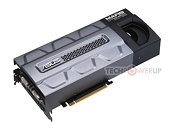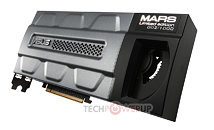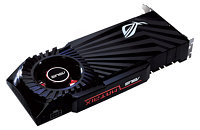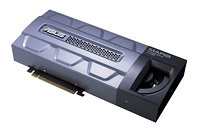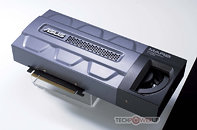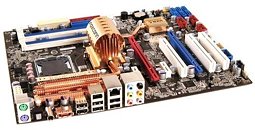
ADATA XPG Launches MARS 980 Gen 5 SSD Series
XPG, a fast-growing provider of systems, components, and peripherals for Gamers, Esports Pros, and Tech Enthusiasts and gaming brand of ADATA Technology, the world's leading brand for memory modules and flash memory, has announced the launch of its latest high-performance PCIe Gen 5 SSD series—the MARS 980. Engineered specifically for professional gamers, tech enthusiasts, and overclocking specialists, the new series meets the soaring demands of artificial intelligence applications and high-performance computing.
Featuring breakthrough performance speeds of up to 14,000 MB/s and utilizing an advanced 6 nm process controller, the MARS 980 significantly enhances both performance and power efficiency. Furthermore, it introduces the industry's first-ever hybrid liquid-and-air cooling solution, effectively addressing the heat challenges posed by high-speed PCIe Gen 5 SSD operations. The MARS 980 SSD lineup comprises three distinctive models—MARS 980 STORM, MARS 980 BLADE, and MARS 980 PRO—each optimized for various user needs and scenarios, fully supporting AI-driven creative workflows, data-intensive tasks, and high-speed operations. Undoubtedly, the MARS 980 series positions itself as the most compelling choice in the Gen 5 SSD market.
Featuring breakthrough performance speeds of up to 14,000 MB/s and utilizing an advanced 6 nm process controller, the MARS 980 significantly enhances both performance and power efficiency. Furthermore, it introduces the industry's first-ever hybrid liquid-and-air cooling solution, effectively addressing the heat challenges posed by high-speed PCIe Gen 5 SSD operations. The MARS 980 SSD lineup comprises three distinctive models—MARS 980 STORM, MARS 980 BLADE, and MARS 980 PRO—each optimized for various user needs and scenarios, fully supporting AI-driven creative workflows, data-intensive tasks, and high-speed operations. Undoubtedly, the MARS 980 series positions itself as the most compelling choice in the Gen 5 SSD market.











